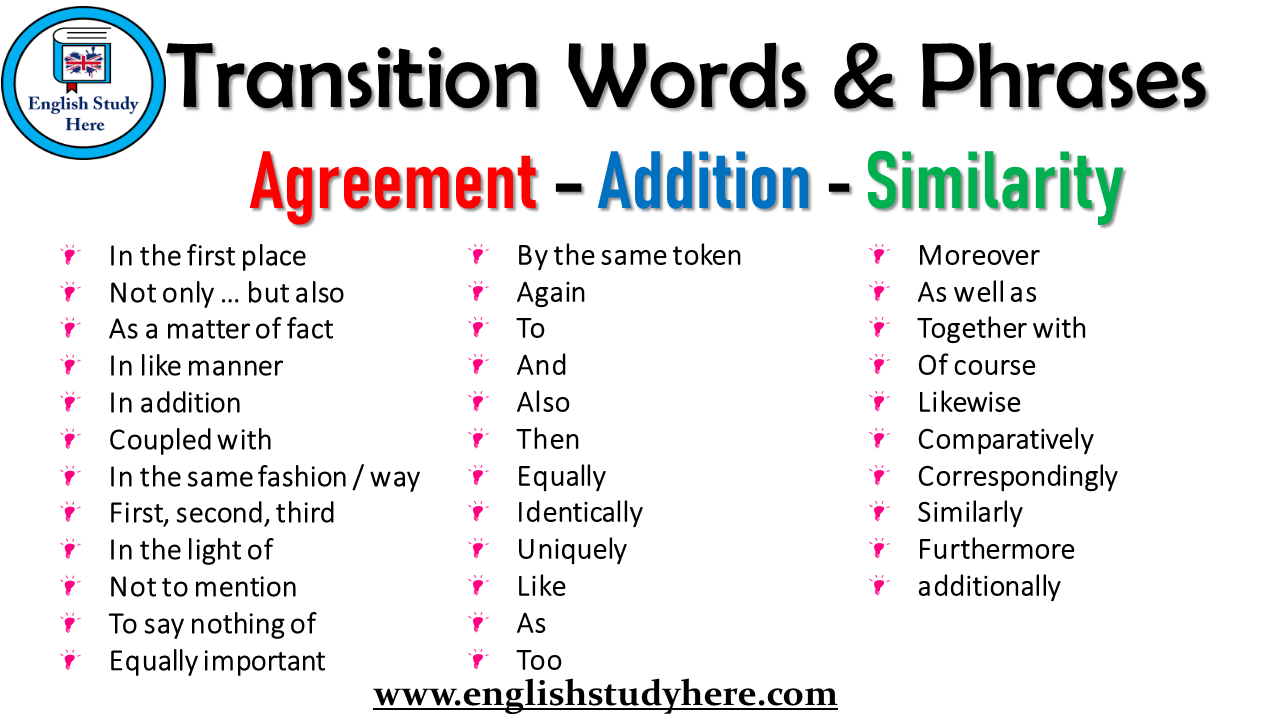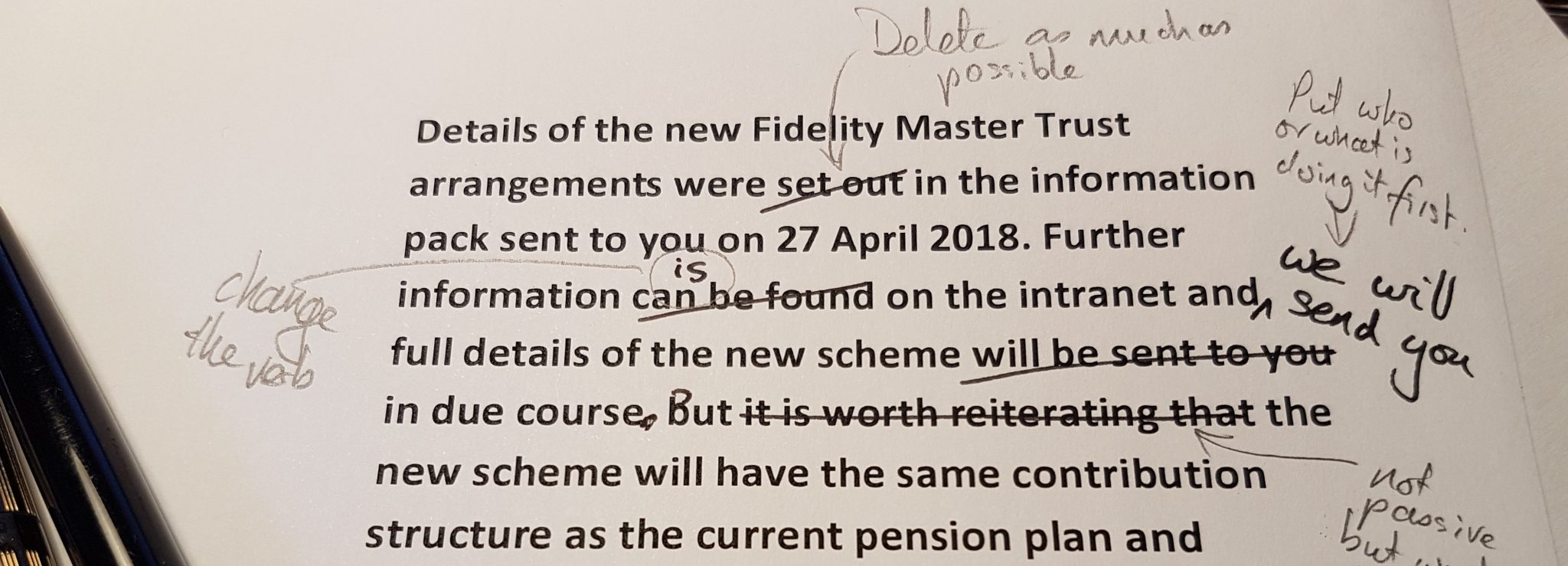Why is passive voice bad? Well, what’s wrong with passive voice is that it hides the identity of the person doing the action. It also makes sentences longer than they need to be.
Passive voice is when the clause is worded in such a way that the recipient of the action is presented as being the subject of the verb, while the performer of the action is either omitted entirely or presented as being an indirect object. The preceding sentence has four examples of the passive voice. In the phrase 'the clause is worded. The passive voice is not as culturally acceptable as active in modern English writing. We prefer active sentences because they are more concrete. Passive sentences are not prefered, because we do not know who the subject is, making the whole thing more abstract. There is action, but no actor. Mar 01, 2016 Welcome to Microsoft Community. As of now is not possible to check use of Passive Voice in Word 2016. The Option to detect passive voice was available in the previous version of Word, however the feature is not available currently in Word 2016. You may check the following Microsoft Communities thread which discusses the same issue.
I hope that is right, but i have also seen articles that they are removing the Passive Voice checking, and maybe already have from the Mac version. The thread linked below was originally a Mac Word thread, but I think some of the posters were commentiong about Word 2016 in general. Word and Outlook detect some passive verbs. Word and Outlook are normally right when they identify a passive verb. But they miss plenty. In this text, for example: Word 2010 has underlined a passive verb (can be found). If you edit that out, it shows you another (will be sent). It won’t detect the other two (were set out, will be provided).
But you’re not a bad person just because you use passive constructions. (You’re a bad person for other reasons. Ba-dum-bum!)
You see, sometimes it’s okay—even desirable—to use the passive voice. But in general, active voice makes for better writing in English.
This post explains why the passive voice is “bad” and when it’s okay to use. You’ll also find example sentences below.
What’s wrong with passive voice? Well, even though the lazy dog is jumped over by the quick brown fox, there’s a better way to say it.
I admit that the image caption* is a little ridiculous. But it’s just to prove a point: you can rewrite any sentence using a passive construction. The result may not be pretty, but it’s always grammatically possible.
As I noted above, active voice is stronger. It makes writing clear and allows speakers to take responsibility for their actions. In short, you should use the active voice most of the time.
However, at certain times, the passive voice is actually better than the active voice. Read on for more.
Why Is Passive Voice Bad?

The passive voice changes the subject-verb relationship in the sentence. The subject, which is normally the “star of the show” in English sentences, takes a back seat to the object.
But this can be good or bad depending upon what you’re trying to stress in your writing.
- The report was submitted by the team on Friday. (Compare this to The team submitted the report on Friday.)
- Dinner is served by us until 9 pm. (Compare this to We serve dinner until 9 pm.)
Passive constructions often omit the doer of the action. In the first sentence above, it’s fine to omit by the team. In the second sentence, it actually sounds more natural to remove the agent:
- Dinner is served until 9 pm.
What’s Wrong with Passive Voice? Nothing, in Certain Situations
A passive construction is actually better sometimes. This is why I cringe a little bit when people ask me what’s wrong with passive voice. It’s proof that some grammar myths are hard to kill.
The anti–passive voice movement is strong (and not without reason). Popular computer programs such as Microsoft Word analyze your use of the passive voice after you run spell-check. And Yoast, a great WordPress plugin for SEO, tells you how many of your sentences are in the passive voice.
Something must be wrong with passive voice. Yoast SEO, a WordPress plugin, checks your use of it in percentage terms.
Examples of When It’s OK to Use the Passive Voice
Example sentence: Our laboratory is equipped with the latest microscopy technology for the preparation of samples.
Why it works: Here, the high-tech laboratory is the focus, not the person or entity that equipped it. (The unnamed doer of the action is “the company,” for example.)
Example sentence: Three U.S. soldiers were killed in the attack.

Why it works: The writer does not yet know who perpetrated the attack and/or wanted to place emphasis on the people who died, not who killed them.
Example sentence: It appears that a mistake was made with our order.
Why it works: You might use the passive voice in a complaint letter to avoid offending the reader. (Compare the example sentence to the much more accusatory “You made a mistake.” Of course, you could argue that you want to assign blame. But the passive voice is kinder than the alternative here, so you may have more luck getting a resolution to your problem if you use it.)
Example sentence: Mr. Smith was given CPR on site and was then transported to Metro General.
Why it works: The unnamed subject is likely “paramedics” or “first responders.” In terms of sentence emphasis, though, the paramedics are secondary.
Microsoft Word includes an analysis of passive voice use in its readability statistics. (It comes up after spell-check is complete.)
Final Word
As the above passive voice examples show, passive sentences are not only acceptable. They can be better than active sentences.
Of course, the situations I’ve listed aren’t the only times when the passive voice is appropriate. You can also sprinkle passive constructions into longer texts for sentence variety.
Sure, there are “rules” in writing. But you can break them if you know what you’re doing.
So I would never say that you can’t use the passive voice.
I would also never say that your writing should have exactly nine active sentences for every one passive sentence. Context, subject matter, tone, and writing style are more important than eliminating every single instance of passive voice from your writing.
If you use them at the right times, then passive voice constructions can be better than their active counterparts.
So the next time you hear someone say, “What’s wrong with passive voice?” you can reply, “Nothing.”
*This is a passive construction of the famous English pangram The quick brown fox jumped over the lazy dog. A pangram is a sentence that includes all the letters of the alphabet. (But you knew that already!)
Looking to enhance your grammar smarts? Then check out our posts on restrictive clauses, predicate adjectives, and linking verbs. (Gosh, they sound dry…)
Microsoft Word Passive Voice Consider Revising
If you need help with your writing, then see our FAQ page on copy editing.